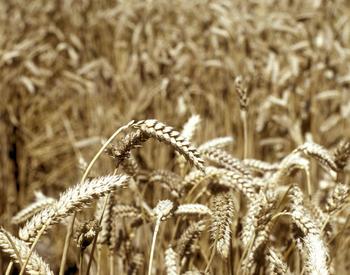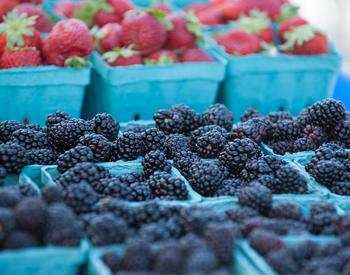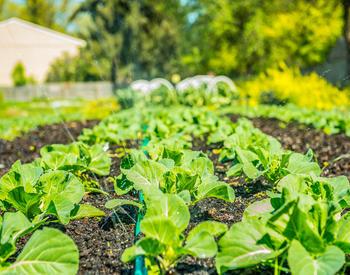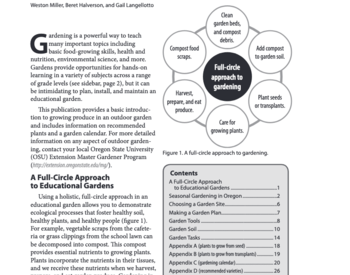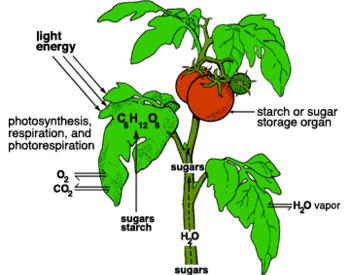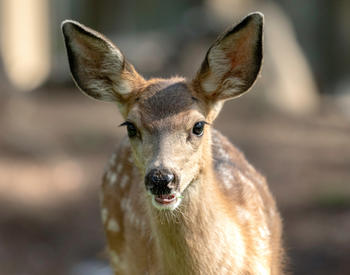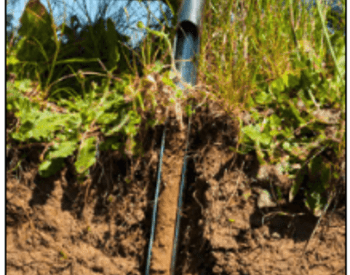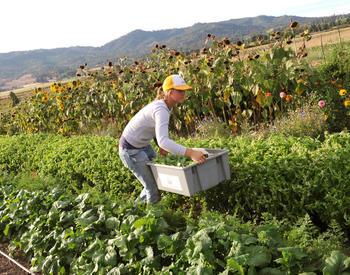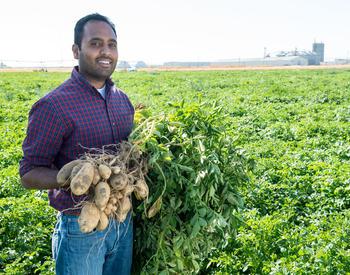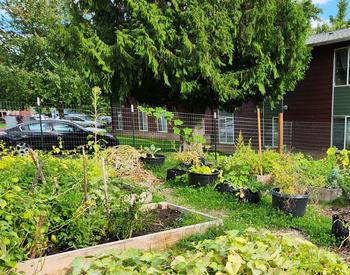Most species of the genus Cucurbita (squash and gourd plants) can trace ancient ancestry to what is now known as Mexico. Wild species of these plants also occurred farther north into the present-day United States. They established themselves in deserts and also along the southern edge of the U.S. But wherever cucurbit plants have gone, squash bees have not been far behind.
Squash bees, which consist of roughly 20 species, are specialists on the pollen of cucurbit plants. Current research suggests that few insects are attracted to or can digest squash pollen, which contains extremely bitter compounds known as cucurbitacins. These compounds effectively leave most of the pollen for squash bees to collect for the development of their young in underground nests.
The plants, however, have benefited from having bees that only visit plants within the same genus, because these plants will not set fruit without insects moving pollen among plants.
While much squash pollination today is done by honey bees, these bees largely avoid the pollen and only accidentally pick up pollen while foraging for nectar. Squash, moreover, was domesticated centuries before honey bees were introduced to North America.
Although not unusual for bees to specialize for a plant or a group of plants, squash bees are the only known pollinator species to follow the range expansion of their cultivated plant without being intentionally introduced by humans.
Today, squash bee genetics paint a picture of this rich history. As squash was domesticated over 5,000 years ago by indigenous people, it began to move into the area now known as the U.S. Intermountain West and the northeast, where native squash plants and their associated squash bees did not occur. The bee populations found their way to the squash around 1,000 years ago, with a subset of the genes of the founding population. Genetic analysis led by Dr. Nate Pope at the University of Texas at Austin shows that the subset of genes from squash bees in the Intermountain West and northeast are not only narrower than the founding populations, but genetically distinct from one another.
So what does this mean? Until 2016, squash bees hadn’t followed the squash cultivation into Oregon, making it one of the last major squash-growing areas that the bees hadn’t yet found. This all changed when a handful of individuals were detected along the California border.
The sudden arrival of these bees to Oregon allows us to ask a novel question: How fast do these bees establish once introduced to an area? Help us answer this question by joining the great Oregon squash bee hunt.
References:
Theis, N., Barber, N.A., Gillespie, S.D., Hazzard, R.V. and Adler, L.S., 2014. Attracting mutualists and antagonists: plant trait variation explains the distribution of specialist floral herbivores and pollinators on crops and wild gourds. American Journal of Botany, 101(8), pp.1314-1322.
López-Uribe, M. 2021. Squash bees: Origins, diversification, and ecological interactions. OSU Horticulture Seminar Series
López-Uribe, M.M., Cane, J.H., Minckley, R.L. and Danforth, B.N., 2016. Crop domestication facilitated rapid geographical expansion of a specialist pollinator, the squash bee Peponapis pruinosa. Proceedings of the Royal Society B: Biological Sciences, 283(1833), p.20160443.
Wilson, Joseph, Olivia, C.M., 2016. The Bees in Your Backyard. Princeton University Press, pp. 224-225.
